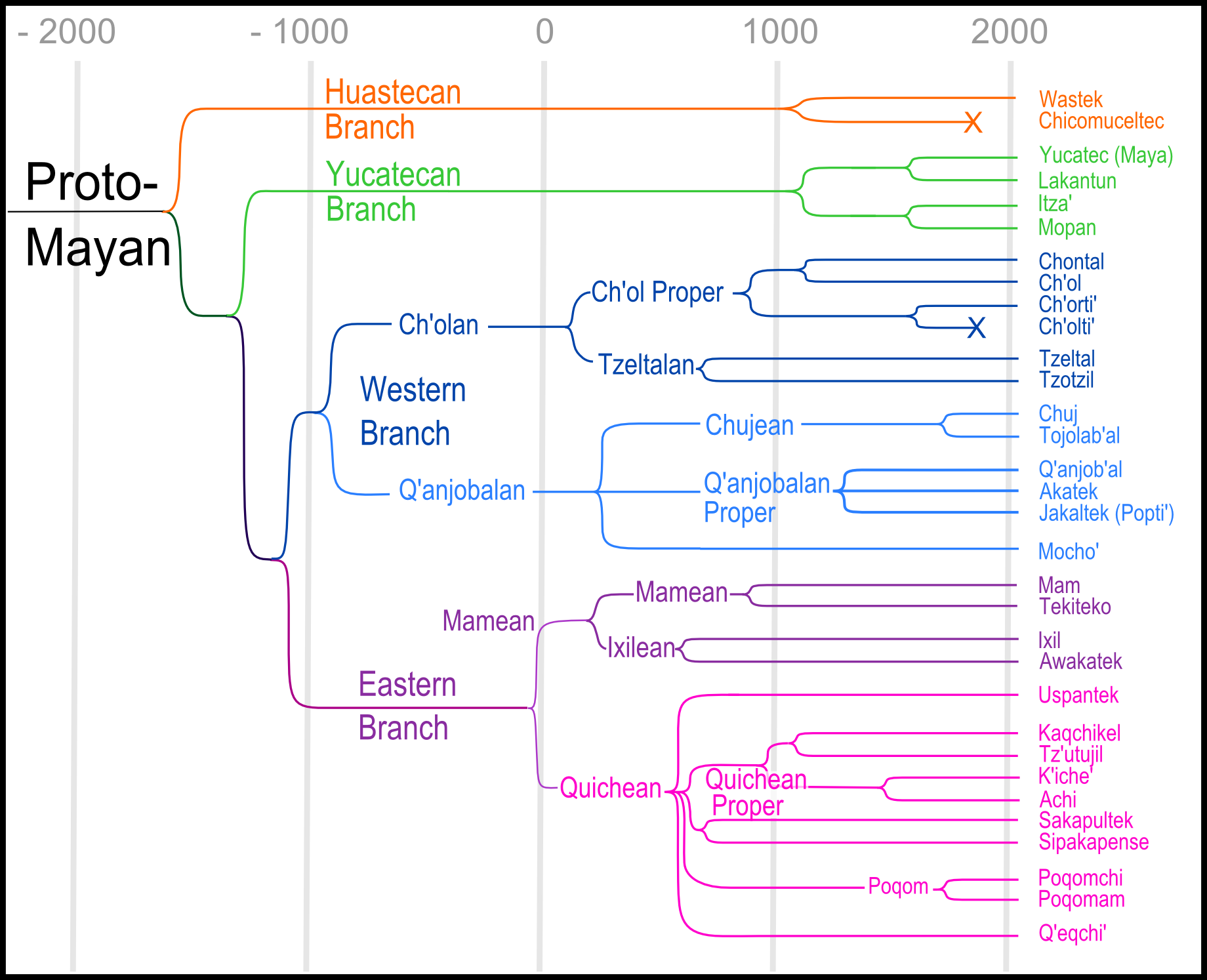|
Neolinguistics
Neolinguistics is the school of linguistics founded by Matteo Bartoli as a reaction to the Neogrammarians. Along with the Neoidealists it was one of the main rivals of the Neogrammarians, until structuralism Structuralism is an intellectual current and methodological approach, primarily in the social sciences, that interprets elements of human culture by way of their relationship to a broader system. It works to uncover the structural patterns t ..., which emerged from the Neogrammarian tradition, superseded it. The neolinguists deemphasized the importance of tree structures in the relationship of languages, and emphasized the importance of variation, especially geographic variation. References *Bartoli, Matteo 1925. Introduzione alla neolinguistica (principi, scopi, metodi). Biblioteca dell'«Archivum Romanicum». Serie II: Linguistica, vol. 12. L.S. Olschki. *Hall, Robert A. Jr. 1946 Bartoli's 'Neolinguistica', ''Language'', vol. 22, No. 4, pp. 273–283. Lin ... [...More Info...] [...Related Items...] OR: [Wikipedia] [Google] [Baidu] |
Matteo Bartoli
Matteo Giulio Bartoli (22 November 1873 – 23 January 1946) was an Italian linguist from Istria (then a part of Austria-Hungary, today part of modern Croatia). He obtained a doctorate at the University of Vienna, where his adviser was Wilhelm Meyer-Lübke, in 1898. He was influenced by certain theories of the Italian philosopher Benedetto Croce and the German linguist Karl Vossler. He later also studied with Jules Gilliéron in Paris. From Gilliéron he acquired a penchant for fieldwork, and from 1900 on, he published numerous dialectological studies of Istrian dialects. In 1907, he became professor of the comparative history of classical and neo-Latin languages in the Faculty of Letters at the University of Turin, where he served until his death. His study on the Dalmatian language, ''Das Dalmatische'' (2 vol. 1906) is the only known complete description of the language, which is now extinct. It remains "the standard work on Dalmatian", and contains every known text in ... [...More Info...] [...Related Items...] OR: [Wikipedia] [Google] [Baidu] |
Neogrammarians
The Neogrammarians (, , ) were a German school of linguists, originally at the University of Leipzig, in the late 19th century who proposed the Neogrammarian hypothesis of the regularity of sound change. Overview According to the Neogrammarian hypothesis, a diachronic sound change affects simultaneously all words in which its environment is met, without exception. Verner's law is a famous example of the Neogrammarian hypothesis, as it resolved an apparent exception to Grimm's law. The Neogrammarian hypothesis was the first hypothesis of sound change to attempt to follow the principle of falsifiability according to the scientific method. Subsequent researchers have questioned this hypothesis from two perspectives. First, adherents of lexical diffusion (where a sound change affects only a few words at first and then gradually spreads to other words) believe that some words change others. Second, some believe that it is possible for sound changes to observe grammatical conditionin ... [...More Info...] [...Related Items...] OR: [Wikipedia] [Google] [Baidu] |
Structural Linguistics
Structural linguistics, or structuralism, in linguistics, denotes schools or theories in which language is conceived as a self-contained, self-regulating semiotic system whose elements are defined by their relationship to other elements within the system. It is derived from the work of Swiss linguist Ferdinand de Saussure and is part of the overall approach of structuralism. Saussure's '' Course in General Linguistics'', published posthumously in 1916, stressed examining language as a dynamic system of interconnected units. Saussure is also known for introducing several basic dimensions of semiotic analysis that are still important today. Two of these are his key methods of syntagmatic and paradigmatic analysis, which define units syntactically and lexically, respectively, according to their contrast with the other units in the system. Other key features of structuralism are the focus on systematic phenomena, the primacy of an idealized form over actual speech data, the priori ... [...More Info...] [...Related Items...] OR: [Wikipedia] [Google] [Baidu] |
Tree Model
In historical linguistics, the tree model (also Stammbaum, genetic, or cladistic model) is a model of the evolution of languages analogous to the concept of a family tree, particularly a phylogenetic tree in the biological evolution of species. As with species, each language is assumed to have evolved from a single parent or "mother" language, with languages that share a common ancestor belonging to the same language family. Popularized by the German linguist August Schleicher in 1853,#francois, François (2014). the tree model has always been a common method of describing genetic relationship (linguistics), genetic relationships between languages since the first attempts to do so. It is central to the field of comparative linguistics, which involves using evidence from known languages and observed rules of language feature evolution to identify and describe the hypothetical proto-languages ancestral to each language family, such as Proto-Indo-European and the Indo-European langu ... [...More Info...] [...Related Items...] OR: [Wikipedia] [Google] [Baidu] |
